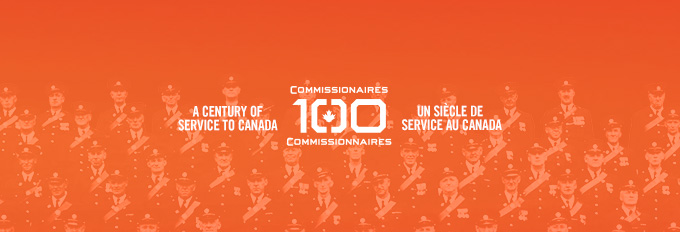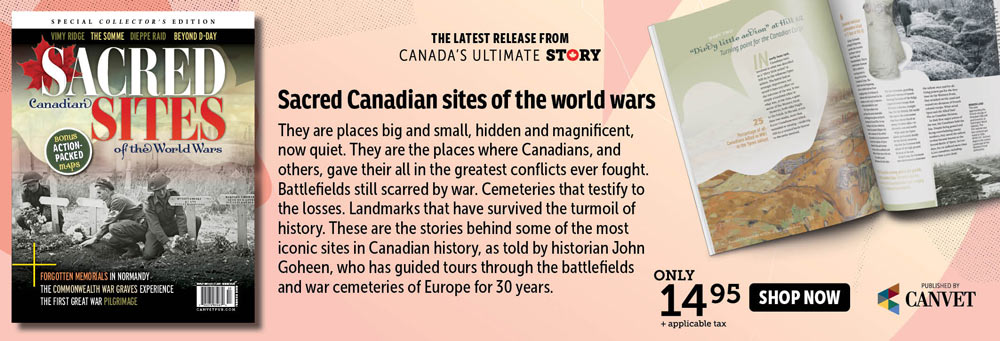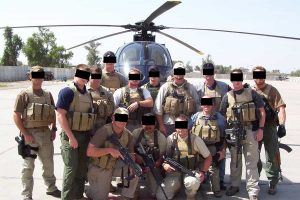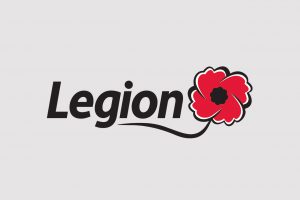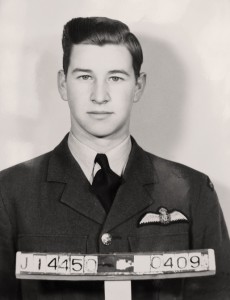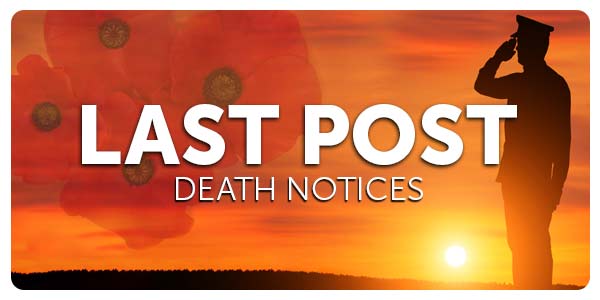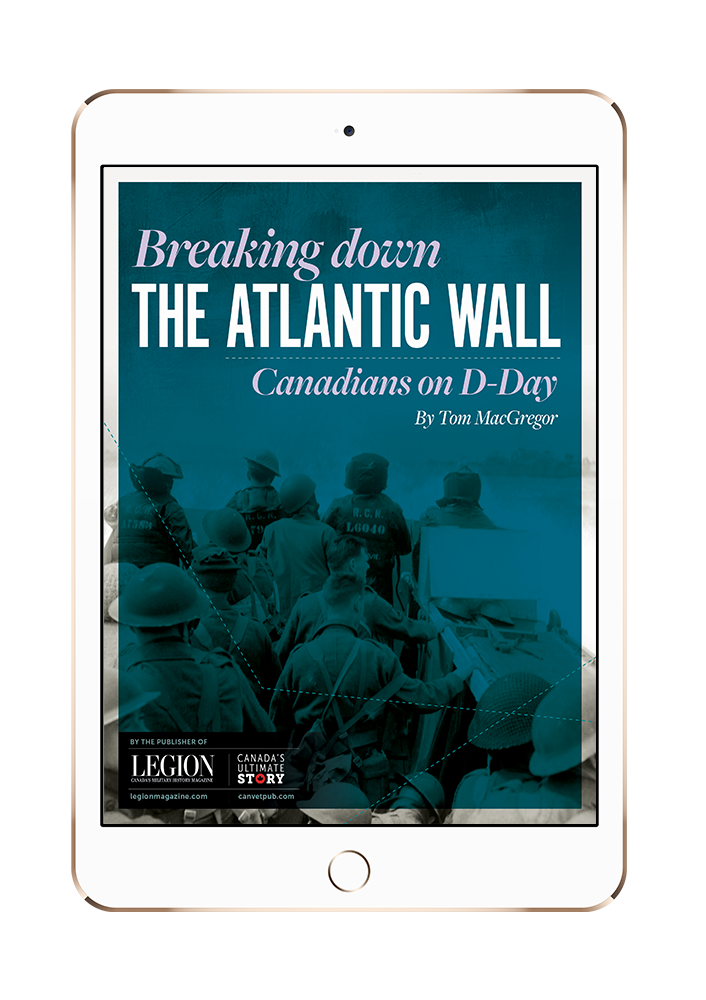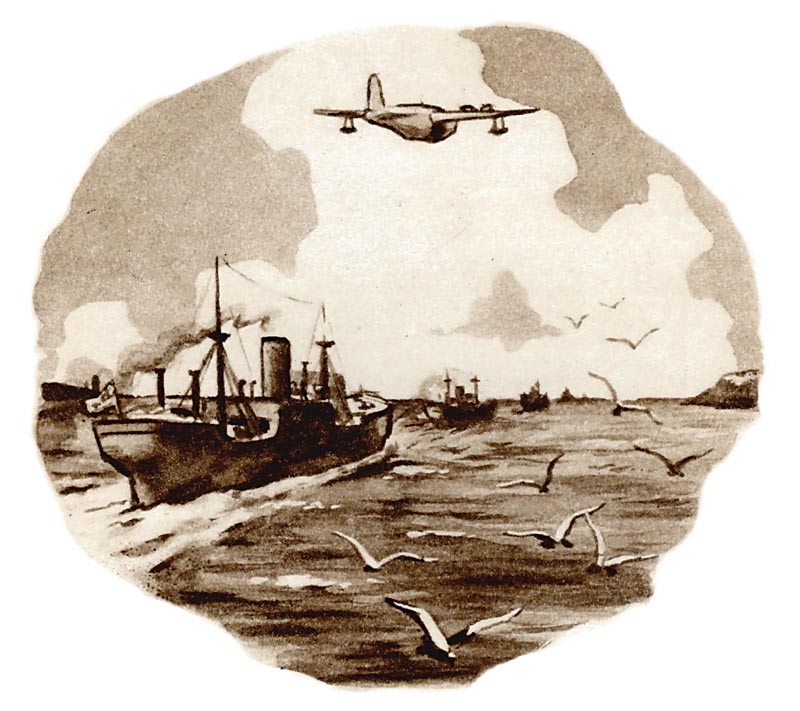
An illustration by Bob Chambers from Wartime in Halifax, a collection of his Second World War works.[Bob Chambers/Halifax in Wartime]
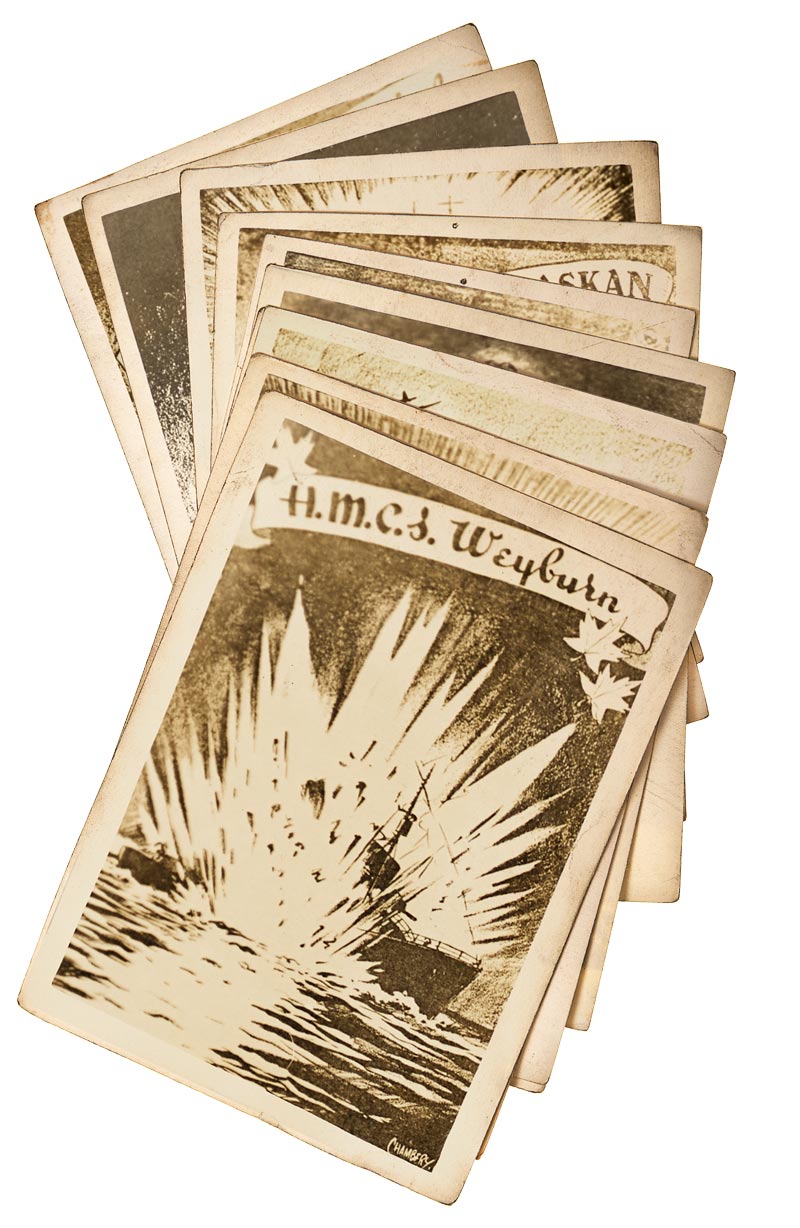
HMCS Weyburn hit a mine east of Gibraltar on Feb. 22, 1943. Twelve crew, including its captain, Thomas Golby, were killed. Flower-class corvettes such as Weyburn comprised half of all escort vessels in the North Atlantic.[CWM]
The Battle of the Atlantic simmered and raged throughout the Second World War as convoys of merchant vessels and warships made the slow, fitful trek across U-boat-infested waters delivering men and materiel to the Allied war effort.
A primary staging point for these assemblies, the deep, ice-free harbour of Halifax was massed with ships, the city’s streets choked with multinational merchantmen, soldiers, sailors and airmen for virtually the entire war.
For better or worse, the people of Halifax were deeply invested in the war effort as no other Canadian city. Each time Haligonians saw a convoy off, they did so with the knowledge that some of these men they had fed and entertained, laughed and partied and danced with, wouldn’t return.
In the pages of The Halifax Herald and The Halifax Mail newspapers, celebrated illustrator and editorial cartoonist Robert (Bob) Chambers began memorializing the ships and people—military, merchant marine and civilian—lost to torpedoes, bombs and naval guns.
Some 72,000 Allied sailors, merchant mariners and aircrew lost their lives in the 2,074-day Battle of the Atlantic, including 4,600 Canadians. More than 3,500 Allied merchant ships and 175 warships were sunk.
At the height of the U-boat war in 1942-43, the Allies were losing up to 100 supply ships each month.
“The only thing that ever really frightened me was the U-boat peril,” Britain’s wartime prime minister, Winston Churchill, wrote in his 1949 memoir. “How much would the U-boat warfare reduce our imports and shipping? Would it ever reach the point where our life would be destroyed?
“Here was the slow, cold drawing of lines on charts, which showed potential strangulation.”
But with mass production, technology and grit, the Allies prevailed: 767 of 1,154 U-boats were eventually sent to the ocean bottom, taking with them some 28,000 of just over 40,000 unterseeboot crew—at 70 per cent, the war’s highest mortality rate.
When it was over, Chambers’ illustrations marking the Allied losses at sea were turned into cards that were collected, put in albums, sometimes framed or propped on a shelf. Here are a few and the stories they represented.
Editor’s note:
Special thanks to Janice Bertelsen who shared Chambers’ cards her late father Allan Bertelsen had collected in his war scrapbook. Allan served in the Royal Canadian Navy during the Second World War aboard HMCS Provider and had great regard for the sacrifices of his fellow sailors.
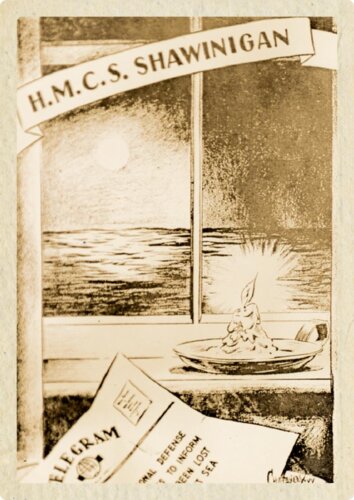
Sailing out of Sydney, N.S., HMCS Shawinigan, a corvette, was torpedoed by U-1228 while conducting an anti-submarine patrol in the Cabot Strait. All 91 crew were lost.[CWM]
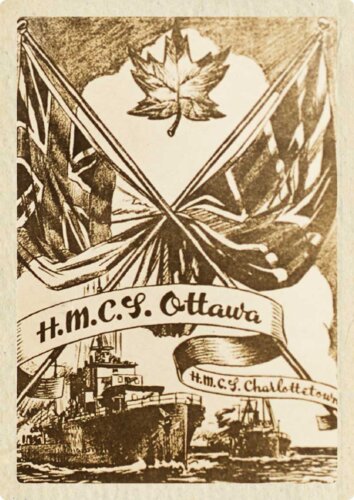
HMCS Ottawa, a River-class destroyer sailing convoy duty out of Halifax, was torpedoed and sunk in the North Atlantic by U-91; 114 crew died, 69 survived.[CWM]
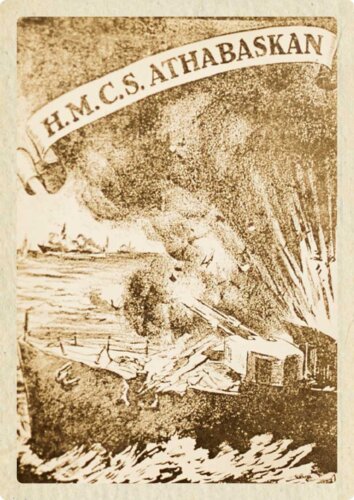
HMCS Athabaskan, a Tribal-class destroyer, was sunk on April 29, 1944, by German torpedo boat T24 at the mouth of the English Channel off the Brittany coast; 128 men, including Lieutenant-Commander John Stubbs, were lost; 127 were rescued, 83 of them taken prisoner by German minesweepers.[CWM]
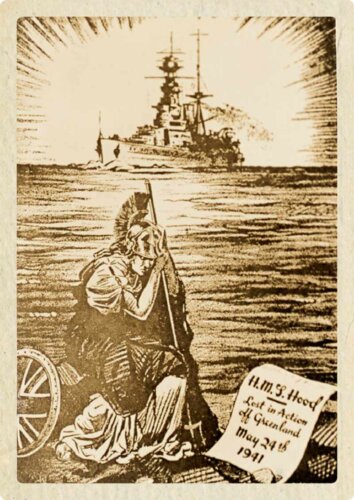
Chambers memorialized stricken British warships as well as Canadian. HMS Hood was sunk by shells from the doomed German battleship Bismarck during the May 24, 1941, Battle of the Denmark Strait. All but three of the ship’s 1,418 crew died.[CWM]
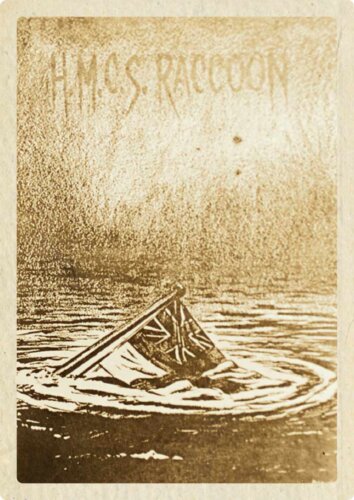
HMCS Raccoon, an armed yacht, was escorting Convoy QS-33 across the Gulf of St. Lawrence on the night of Sept. 6-7, 1942, when it was attacked by U-165. Raccoon was in pursuit of the sub when it was hit by two torpedoes and sunk with all 37 hands.[CWM]
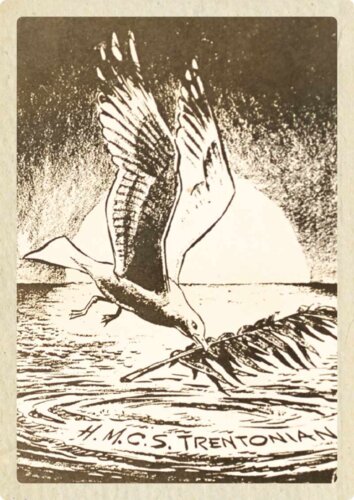
HMCS Trentonian, a corvette, was torpedoed and sunk by U-1004 while escorting a Channel convoy on Feb. 22, 1945; six crew were lost.[CWM]

HMCS Clayoquot, a Bangor-class minesweeper, was taking station on Convoy XB-139 on Christmas Eve 1944 when it was torpedoed by U-806 five kilometres from Nova Scotia’s Sambro Island Lighthouse; eight crew were lost.[CWM]
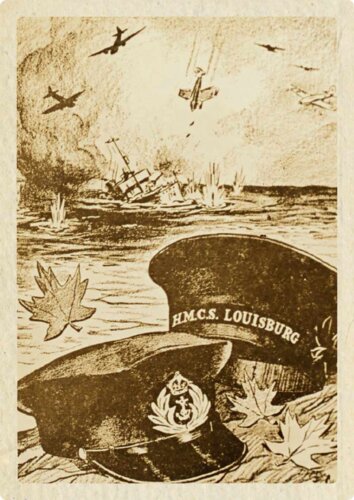
On the afternoon of Feb. 6, 1943, Convoy KMF-8 out of Gibraltar was attacked by Italian planes near Cape Tenes, Algeria. HMCS Louisburg, a corvette, was hit by bombs and torpedoes and sank within three minutes. Thirty-eight crew died.[CWM]

HMCS St. Croix, a Town-class destroyer, was sunk by U-305 on Sept. 20, 1943, while escorting a convoy south of Iceland. Eighty-one of 149 crew were rescued by HMS Itchen, but only one survived after Itchen was sunk by U-666 three days later.[CWM]
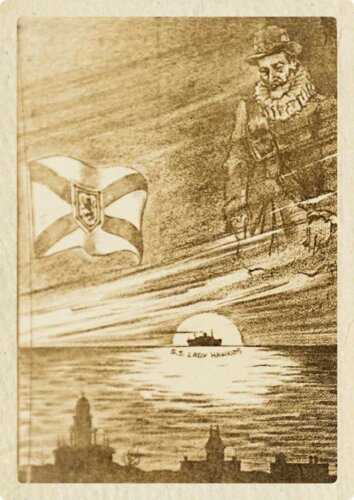
SS Lady Hawkins, a Canadian National Steamships liner out of Montreal, was sailing unescorted 240 kilometres off Cape Hatteras on Jan. 19, 1942, when it was torpedoed by U-66. Master Huntley Osborne Giffin and 250 others, including 163 passengers, died; 70 survivors were rescued after five days at sea.[CWM]
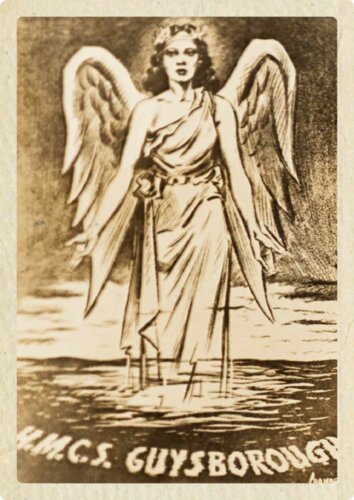
HMCS Guysborough, a Bangor-class minesweeper, was torpedoed by U-868 at 6:50 p.m. and again at 7:35 p.m. 340 kilometres north of Cape Finisterre in the Bay of Biscay on March 17, 1945. Two of 90 crew were killed outright; 51 more died of wounds or exposure on Carley floats before rescuers arrived 19 hours later.[CWM]
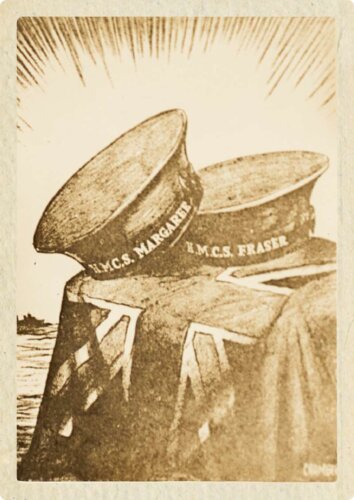
HMCS Fraser, a River-class destroyer, broke in two and sank after colliding with the British cruiser Calcutta near Bordeaux, France, on the night of June 25-26, 1940. Forty-seven crew died; most of the survivors went down with HMCS Margaree four months later.[CWM]
Advertisement



